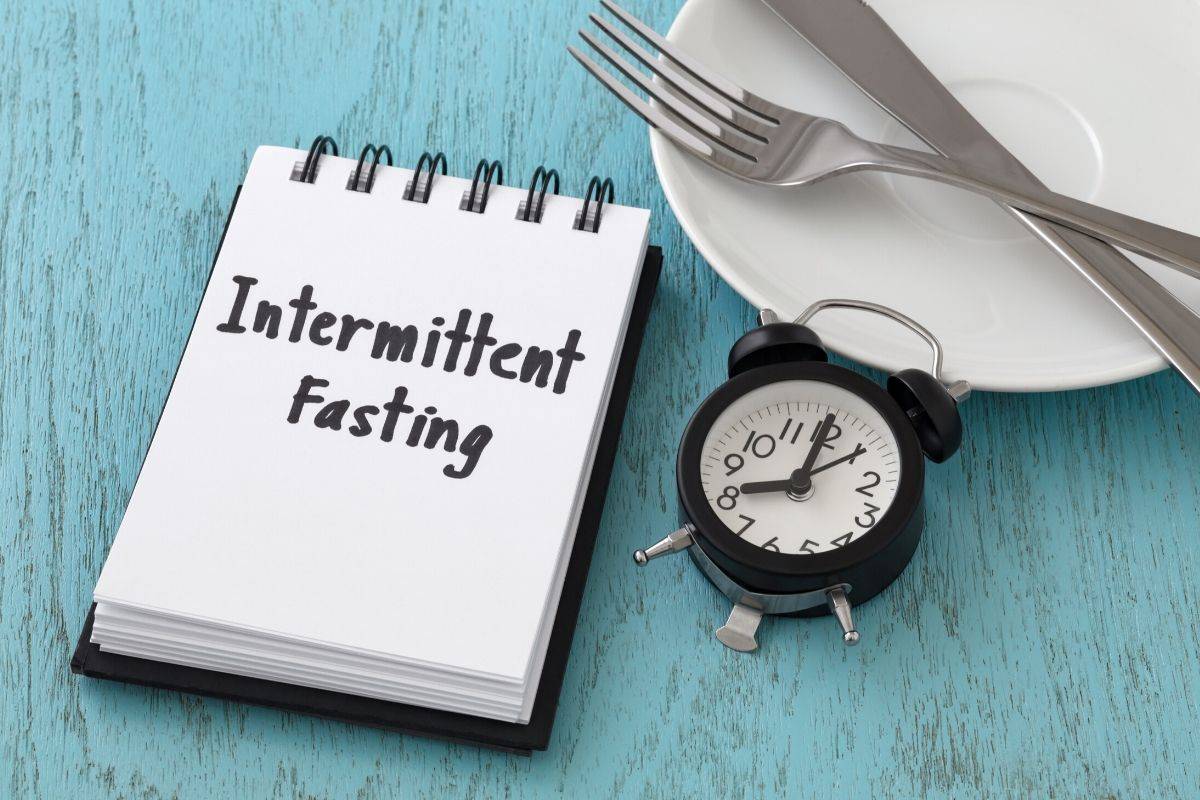
Intermittent Fasting Intervals: Methods, Tips & Calories
Most diets center on what you eat. Intermittent fasting centers on when you can eat. When you are on intermittent fasting, you are allowed to eat only at a specific time. You can fast for a few hours a day or have one meal a day for a few days a week and eat regularly again.
There are many different methods of intermittent fasting. Each method is differentiated based on the number of days you fast and the calorie allowances.
Proponents of intermittent fasting say that they find it easier to maintain this program compared to calorie-counting diets.
Intermittent Fasting Methods
Not all intermittent fasting methods will work well with everyone. You will need to find out which method works for you.
Skip Meals
This is good for beginners. You skip meals depending on your level of hunger and eat healthy food at each meal. You will be successful with this method when you allow your body to respond to hunger signals.
The concept is to eat when you are hungry and skip meals when you are not. You can take intermittent fasting mints to keep you from craving for food. This is more natural than the other methods of intermittent fasting.
Omad Fasting
The concept of Omad fasting is to eat only one meal a day. This means you are fasting for 23 hours a day. Your one meal a day does not have any calorie restrictions.

Fasting for 12 Hours a Day
You decide your daily 12-hour fasting window. This is also good for beginners because of the small fasting window and the fasting typically occurs when you are sleeping allowing you to consume the calories you are used to a day.
Fasting for 10-16 hours a day tends to turn your fats into energy and release ketones into your bloodstream. This will promote weight loss.
You can fast from 7pm to 7am. You have dinner before 7pm and have breakfast at 7am the following day. Much of the time in between you will be asleep.
Fasting for 16 Hours
This will leave you an 8-hour window to eat. This is helpful if you have already tried the 12-hour fast but did not gain any benefits.
You can have dinner by 8pm and then skip breakfast. Lunch is your next meal.
Alternate Day Fasting
This is extreme fasting and may not be ideal for beginners or people with medical conditions. It can also be difficult to maintain this fasting method long-term.
You can completely avoid solid food during your fasting days or you can consume up to 500 calories. You can eat as much as you want on feeding days. Alternate day fasting works well for weight loss and health.
Fasting Two Days a Week
In this method of fasting, you consume standard amounts of healthy food for 5 days and reduce your calorie intake on the two other days. During the 2 fasting days, men can consume 600 calories and women 500 calories.

24-Hour a Week Fasting
Complete fasting for 1 or 2 days a week means not eating for 24 hours on your chosen day or days. You can, however, have tea, calorie-free drinks, or water during your fasting day. You then return to normal eating on your non-fasting days.
This method reduces the calories you consume but does not limit the type of food you consume. This method may be challenging as you may experience headaches, fatigue, or irritability but your body will eventually adjust to this eating pattern.
Can you have mints when fasting? The answer is yes, as long as they are sugar-free. They will not get in the way of your fasting.
Extreme Intermittent Fasting
This method involves eating a tiny serving of raw fruits and vegetables during your 20-hour fast and having a large meal in the evening. You have only 4 hours a day to eat.
During your 4-hour eating period, consume a lot of healthful fats, proteins, and vegetables.
Intermittent fasting means switching between fasting and eating. The fasting window and eating times depend on the method you chose. Many people do intermittent fasting to lose weight but this diet program also comes with other benefits.




